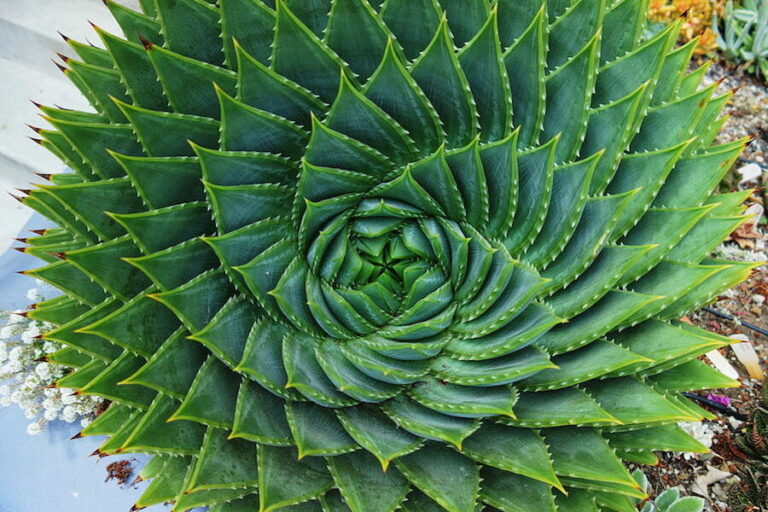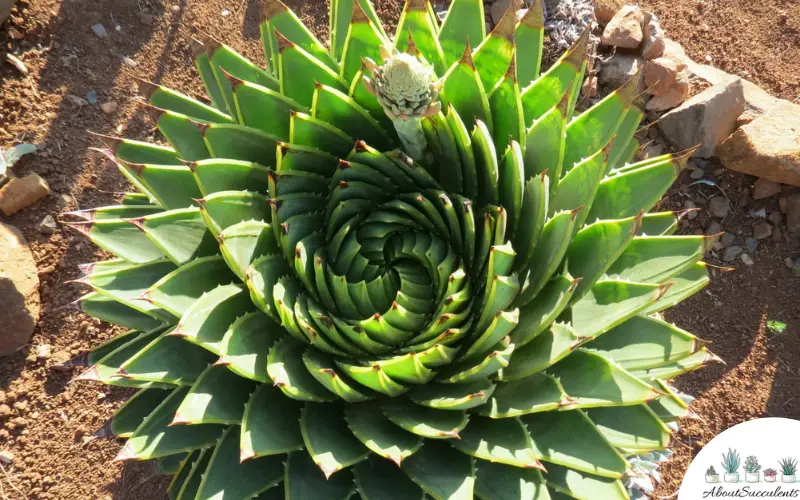
If pollination does occur seedheads will form after the flowers have faded.

This plant may take many years to flower and indeed may not flower at all unless it can cross pollinate with another plant. Offer fleece protection or temporarily cover the plant with some bubblewrap or similar.

Plants in the ground can cope with extreme cold better than those in planters or pots. Protect from hard frosts and extended periods of cold. Once established it should cope with rain and cold, but perhaps treat with care whilst the plant is young. Bury seedling with the roots just showing. If planting indoors, place in a room that. Plant in an area of your garden that gets 6 hours of sunlight a day. Remove seeds one by one as germination occurs and place into soil into which sand has been added. Cape Aloe is not cold hardy, so if you live in a zone that gets colder than 20° F (-6.7° C), its best to plant this succulent in a container that can be brought indoors. 28 days but is erratic and can take much longer, a couple of months or more. Germination occurs in the water, starting from approx.

Our supplier tells us that it is a "fantastic" plant for England as it loves the cold and ample moisture - unlike the residents! 1ft (30cm) A genus of succulent plants with thick leaves arranged in rosettes - always popular as house plants. Patience will be required for the flowering event but patience that will be well rewarded. It produces a flowering stem branching into several spikes of reddish to salmon-pink flowers. The excitement starts when the plant reaches approximately 40cm in diameter when it starts to spiral, either clockwise or anti-clockwise, with the thick, fleshy, grey-green leaves with sharp tips becoming purplish-brown, eventually growing into a large rosette 60cm in diameter and 30cm in height. The thing is, something like Aloe polyphylla is a spectacular enough plant that the DBG would have it, if it was even close to possible to grow it. On germination, which would appear to present no problem, a single leaf appears with the following leaves produced alternately opposite each other. Talking about Spiral Aloes, look what I came across when visiting the Phoenix Summerwinds Nursery location - which for those of you in the VotS is way better than the one in Mesa. Additional discount is reflected in the Subtotal of your Cart. Plants usually flower in spring and early summer.We are very lucky to again have seeds of this fascinating, rare and beautiful Aloe from the mountains of Lesotho with every chance of proving hardy in this country. The infloresence is branched with each flower head being quite compact. The spiral aloe grows well in terracotta or clay planters because they assist the soil absorb excess rainwater. The flowers are attractive, ranging from dull red to salmon-pink. Plants have approximately 150 leaves each, which explains the name "polyphylla". The tips usually become dark, purplish brown and are quite sharp. The leaves themselves are broad and have a grey-green colour. The leaves' direction of rotation is not fixed, with some to the left and some to the right. In the seedling stage, the leaves grow opposite to each other, but as the plant gets older, its leaves grow in a distinctive spiral shape.

Each Aloe polyphylla leaf grows dense, almost stemless, and has a few serrations at its margin. Natural regeneration is from seed as the plants do not form off-shoots. Spiral aloe (Aloe polyphylla) Care Guide. The change in the water regime due to overgrazing is also a possible reason for decreasing numbers. Due to this and the specific habitat requirements, the numbers in the wild have diminished and it is now listed as endangered. Aloe polyphylla, also known as the spiral aloe or Kumara plicatilis, is a rare and highly sought-after succulent plant species that is native to the Kingdom. It has become a prized collector's item and is possibly also used for muthi. The plants are stemless and usually not multiple although they grow in dense groups. The spiral is formed by five ranks of leaves which contain between 15 and 30 leaves each. The most striking feature of this aloe is the perfect spiral in which the leaves are arranged.


 0 kommentar(er)
0 kommentar(er)
